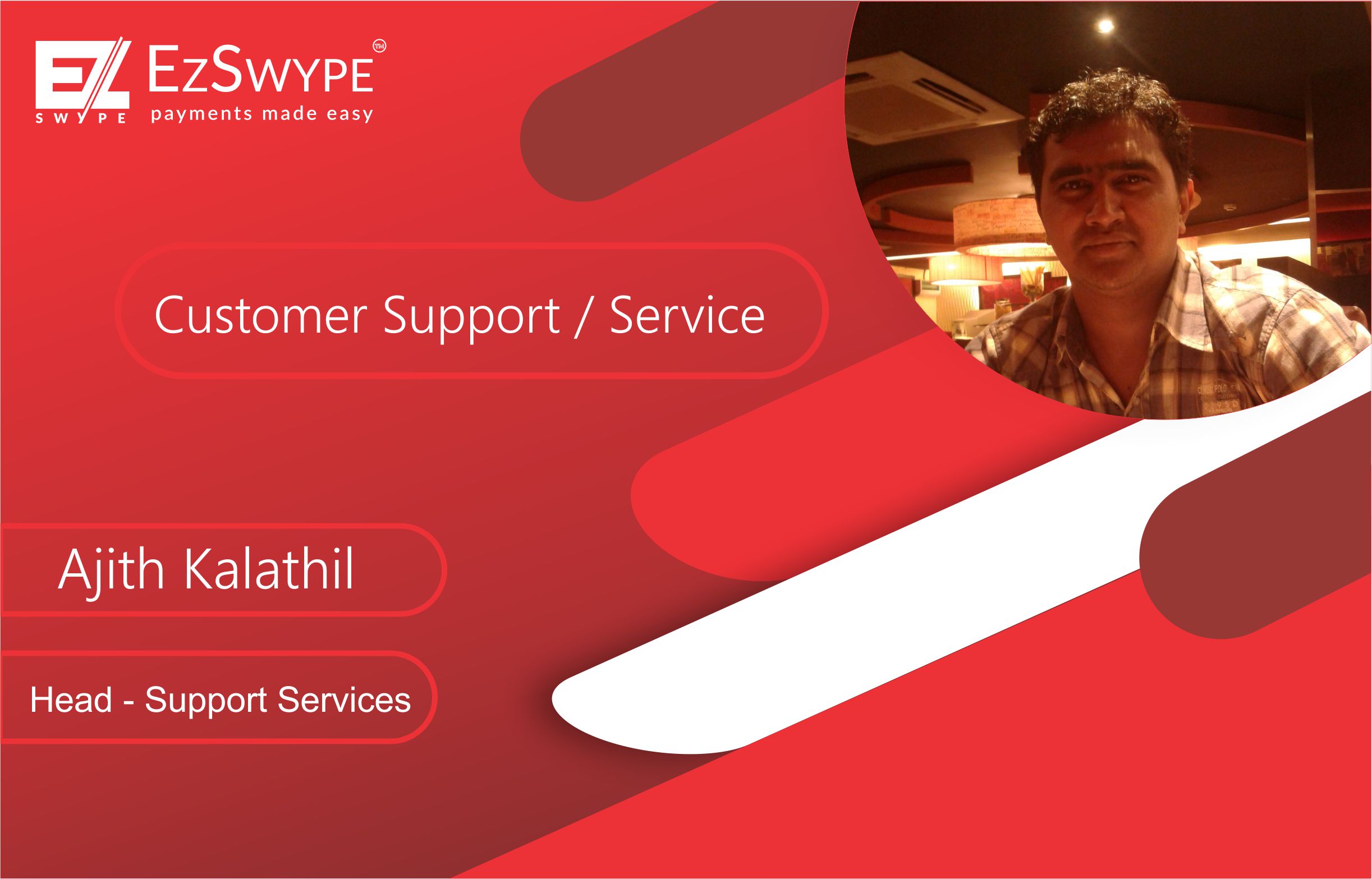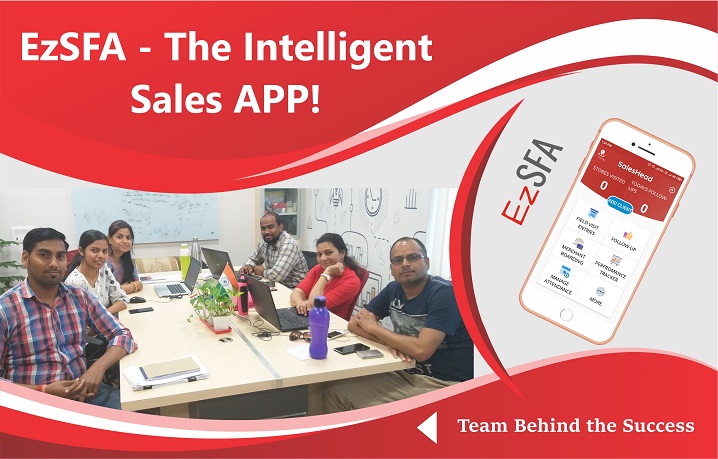It is estimated that India’s toll revenue is likely to swell by Rs. 1 lakh crore annually in the next five years. Given the high traffic volume that uses the national highways every day, toll collection was one of the main reasons for long queues and crowds. This posed a big problem for the NHAI who were looking for ways to reduce transport delays and improve overall payment collection efficiency.
The result was the creation of the FASTag scheme.
| FASTag is an electronic toll collecting system operating under the NHAI. It’s usually a sticker or tag that is pasted on the windscreen of a car. The sticker is scanned with Radio Frequency Identification technology and once a vehicle crosses the toll plaza, the toll amount is automatically deducted from the user’s FASTag account.
|
Digital Toll Payment Collection Can Make A Marked Difference
The potential of FASTag is endless. As an electronic-based solution, FASTag can be instrumental in simplifying toll collection, reducing human error and fatigue, and wasteful time depletion. Some of the major ways in which FASTag can be beneficial include:
- Prevents Congestion: As there is no cash transaction, there’s no need to stop at the toll plaza which leads to fuel-saving and energy efficiency.
- Improves Toll Collection Efficiency: The economic benefits of FASTag are projected to many-fold. These include improved toll collecting efficiency and reduced operations and maintenance cost in the long run.
The Ground Reality Is However Slightly Different
The adoption of any new technology will have teething issues and FASTag is no different. In theory, FASTag has been designed to cut wait time by improving payment speeds. However, the reality is there’s still a chance of encountering long queues at toll gates. Here’s a look at some of the reasons why this happens:
- Unauthorised Use of Lanes: Though the adoption of the FASTag scheme has been high, there are still cases where drivers pull up to the FASTag lane without FASTag IDs. This increases the wait time in the queue significantly and defeats the purpose of the exercise.
The Way Forward: One suggested solution to this problem is to ensure that the entryway into the FASTag lane also has a scanner. The scanner would detect if the card is securely attached to the windscreen of the vehicles and ensure that only automobiles with the FASTag can enter the right lane. Measures such as these would not only save time but also improve user satisfaction.
2) Technical Glitches: A common complaint that drivers have is the toll charge being deducted twice. This is usually due to a technical error. The tag not being detected due to dirt or wear is also another common issue faced by drivers that tend to hold up queues.
The Way Forward: Keeping the tag clean and easily visible is an easy way to get around this issue. In case of double deductions, the FASTag customer portal also has the option to register a claim to request for compensation.
3) Blacklisted FASTags: A blacklisted FASTag is a tag where the user often fails to maintain adequate balance in their wallet. Thus, if the user tries to pass through the toll gate they will be forced to pay via cash which in turn leads to a longer wait time.
The Way Forward: The solution to this extremely simple. As a user, one must be aware of the current balance to not end up facing these challenges. Regular top-ups of the wallet are a must to ensure seamless passage through toll plazas.
There are always two sides to the coin in any new undertaking. The NHAI’s intent with FASTag was to develop a scheme that would iron out a major problem that customers at toll gates faced with smart payment solutions. While the system is definitely a step in the right direction, it is important that rules are enforced and major issues are dealt with to ensure a good experience for both drivers and the collecting authorities.
So, will FASTag be the reason for smooth drives on the highways? Only time will tell.







Be the first to comment